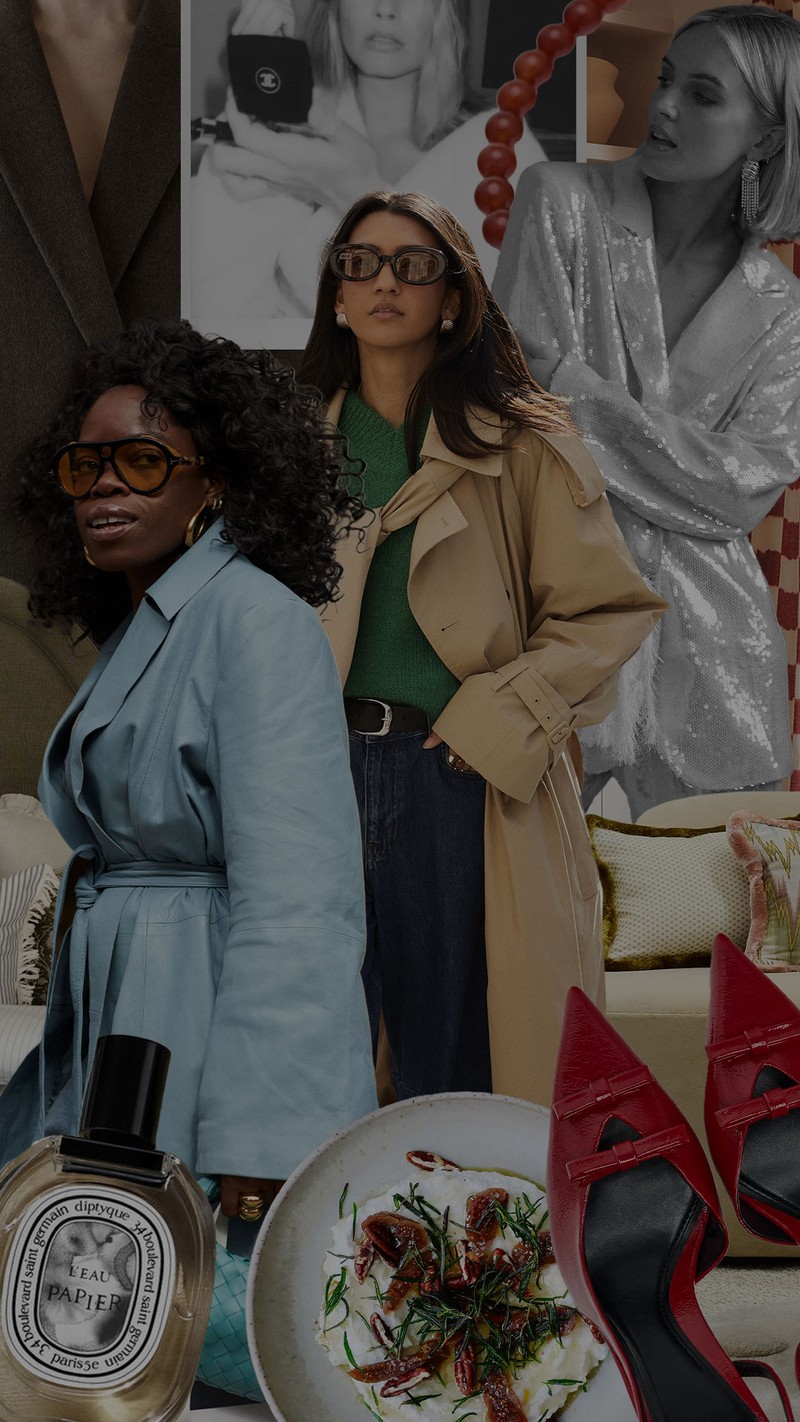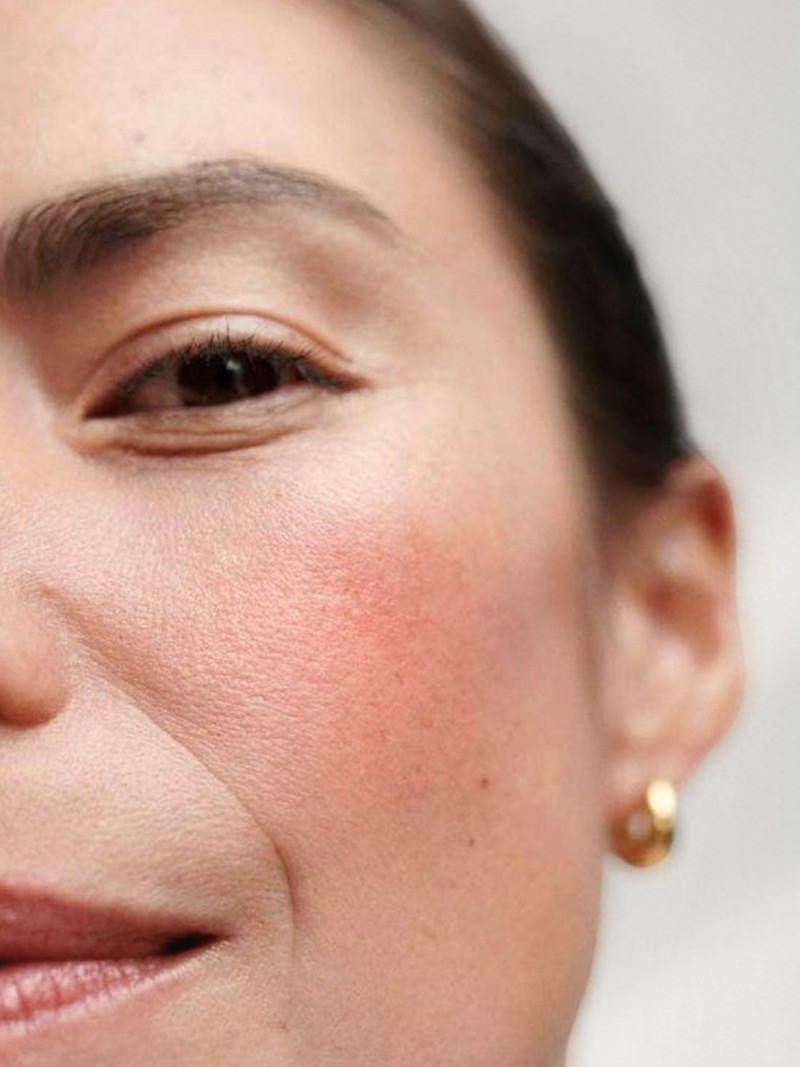
Rosacea 101: What It Is & How To Treat It
Spot The Signs
Perpetually misunderstood, rosacea is a chronic inflammatory skin condition that mainly affects the face and is characterised by redness, flushing, visible capillaries and, in many cases, papules and pustules. One of the first symptoms is a tendency to flush or blush more easily, but there’s more to rosacea than simply a reddening of the skin. “With time, sufferers may develop permanent redness of the nose and cheeks along with a multitude of other unpleasant symptoms, such as spots, dilated blood vessels, dryness and scaling, burning and stinging, and sensitivity to skincare products,” explains consultant dermatologist Dr Justine Kluk. “Swelling of the nose or cheeks is called ‘phymatous rosacea’ but this is much rarer. Gritty or sore eyes due to inflammation of the eyelids (blepharitis) can also be a feature in some people.”
Rosacea typically affects the face – in particular the forehead, cheeks, nose and chin – but it can occur elsewhere too, such as the chest and back of the neck. “Aside from these common symptoms, some people may also experience hyperpigmentation or textural damage, with enlarged pores and visible bulging sebaceous glands being most common in women,” advises clinical facialist Kate Kerr. “Rosacea often gets much worse over time, so it’s important to seek professional treatment as soon as you spot signs of the condition.”
Know The Causes Are Unclear
“The jury is still out on the exact causes of rosacea,” says Kate. “Experts have identified various factors that appear to play a role, and one possible culprit is the increase in sebaceous gland size and activity. When our sebaceous glands become hyperactive, the skin overproduces oil, which has an inflammatory effect on the skin. We don’t know the exact cause, but we do know that fair-skinned women aged between 20 and 50 are most at risk, and typically experience acne in their teens before the first stages of rosacea start to appear. Those with darker skin tones can also be affected, but the condition is more likely to go unnoticed. While women are more likely to have rosacea, men can still have it and they tend to experience stronger symptoms such as rhinophyma – an enlarged red, bumpy nose.”
Justine agrees the causes are hard to pinpoint: “The range of possible causes put forward by researchers includes defects in the immune or nervous system and facial blood vessels. It can also be due to abnormal composition of your skin’s microbes (the microbiome). It can be genetic, but everyone with rosacea has specific triggers.”
Grasp The Difference
It’s not uncommon for some to believe they have rosacea when it’s simply flushing, so it’s important to know the difference. “Although more than 5% of the population are affected, the diagnosis may be delayed or missed for months – even years – if people don’t see a doctor who recognises the condition,” explains Justine. “If your skin feels warm all the time, flushes easily, you have breakouts that acne treatment won’t clear, or any burning when you apply products, please report these to your GP or dermatologist as you may find out you’ve been living with undiagnosed rosacea.”
Keep Track Of Triggers
Understanding what exacerbates rosacea is key to its treatment. “UV exposure is one of the biggest triggers so those with the condition need to be hypervigilant with daily sun protection,” advises Kate. “Stress, diet, alcohol, hormones and the use of certain products can also cause flare-ups. It can be really helpful to keep a diary to identify your triggers so you can reduce your symptoms.”
Choose Products Wisely
When choosing skincare, it’s important to keep your routine simple and stick to brands that specialise in sensitive skin. “I recommend using a mild cream or gel cleanser for washing your face,” says Justine. “Massage it gently into your skin morning and night, before rinsing off with lukewarm water. Try using soft cotton pads or a flannel if splashing with water makes you flush.”
Know Your Treatment Options
At present, there is no ‘cure’ for rosacea, but there are ways to help you manage your symptoms. “The choice of treatment depends on the symptoms you have,” explains Justine. “If flushing is your most troublesome symptom, oral medications otherwise used for anxiety or menopausal flushing may be recommended. For more severe cases, a course of oral antibiotics may be recommended to reduce breakouts, swelling and inflammation. Courses may be repeated from time to time if you have a flare-up and control can be maintained with prescription creams or gels in between. Above all, advice from an expert or dermatologist will give you more answers, so always speak to a professional first.”
How To Manage Rosacea With Make-Up...
Focus On The Base
“I love lightweight, full-coverage bases. They give a level of coverage that detracts from redness but isn’t too heavy on the skin. My go-to is the IT Cosmetics CC Cream – full of skin-friendly ingredients, it looks fresh and dewy but offers excellent coverage against flushing and texture. It’s important to note that half a pump of your favourite foundation might work on an average day, but mid-flare-up you might find you need three times the normal amount to achieve the right coverage. One of the concealers I rate is the NARS Soft Matte Complete – it’s great for helping neutralise a red nose. If you’re wanting to specifically target broken capillaries, Lisa Eldridge’s Pinpoint Concealer Pencils are brilliant – for dense coverage on those smaller, high-colour areas, there’s nothing better.” – Rose Gallagher, make-up artist & rosacea expert
Keep It Light
“Applying your base with a domed foundation brush allows you to gently sweep product onto the skin without rubbing too much. Using a soft touch helps prevent flare-ups, and I also find tapping motions are great for building more coverage where needed. I like the IT Cosmetics Complexion Perfection brush and, for a more affordable option, the Peaches & Cream PC19 Buffer Brush.” – Rose
Create Balance
“If you’re using a green-based colour corrector to neutralise redness – something like Dr. Jart+ Cicapair Tiger Grass Treatment – you’ll want to use this underneath your everyday base. To ensure you have built little layers, I’d recommend using gentle patting motions when applying your foundation over the top. I’m not usually a fan of sponges as they absorb a lot of product, but for building coverage over rosacea they can be fantastic. If you’re using a foundation with colour-correcting properties, I’d use this all over, then add any necessary extra coverage at the end.” – Rose
Upgrade Your SPF
“Skin prep is just as important as the make-up itself when it comes to rosacea. First and foremost, SPF is crucial. Not only for the obvious reasons, but because UV rays are one of the biggest triggers. Too much rubbing will exacerbate redness and flushing, so keep things as light as possible when you apply your chosen SPF. La Roche-Posay’s Anthelios range has been a go-to of mine for years. For those who prefer a mineral formulation, Ultra Violette has just launched a lovely, lightweight option.” – Rose
Follow @DRJUSTINEKLUK, @KATEKERRLONDON_FACIALIST & @ROSEGALLAGHER
Inspiration credits: @ROSALIQUE_SKINCARE
SHOP OUR ROSACEA EDIT
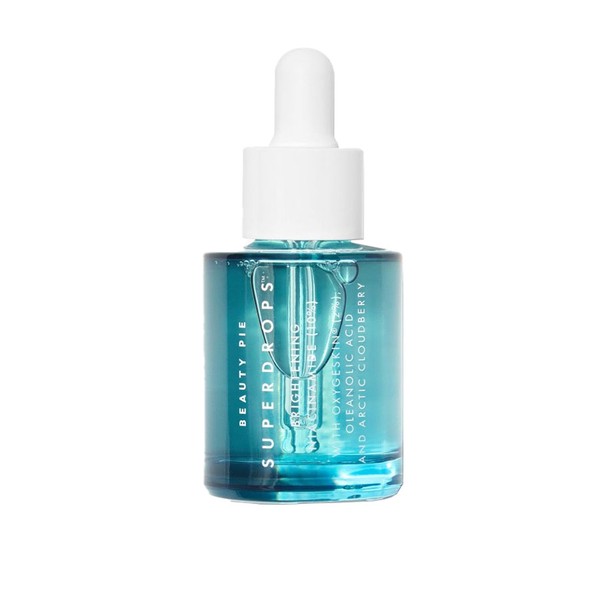
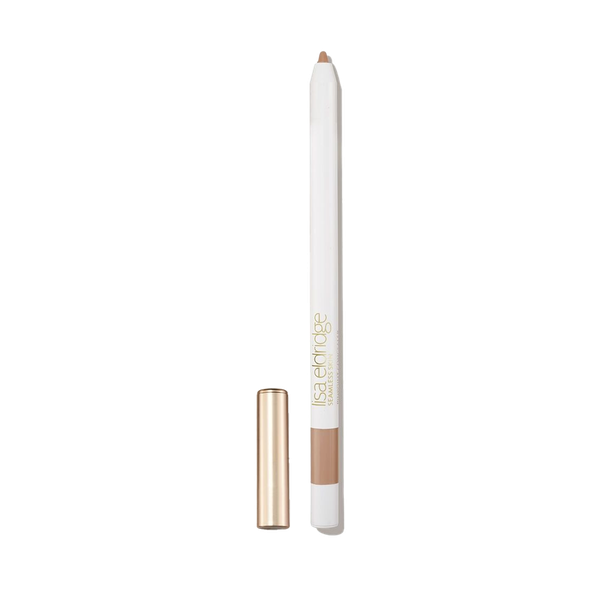
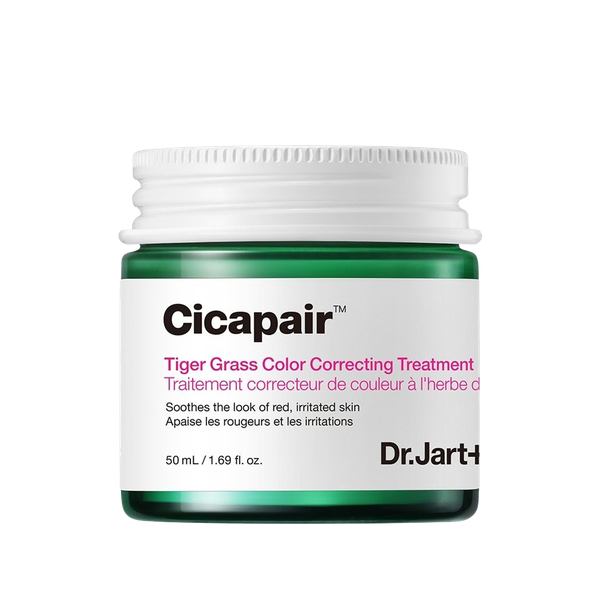
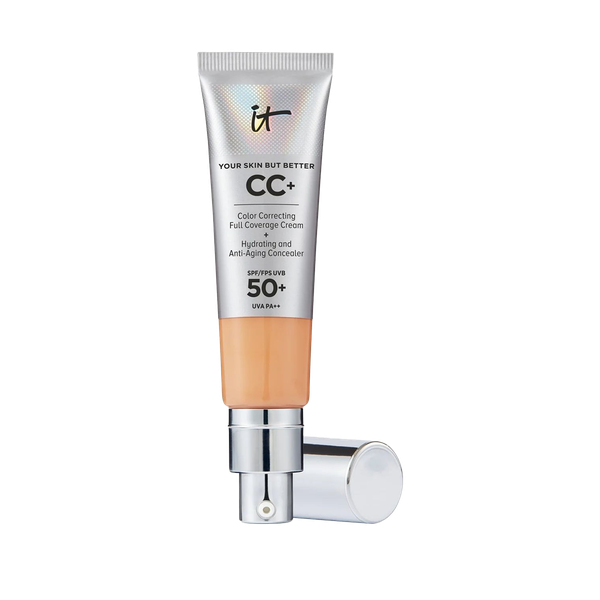
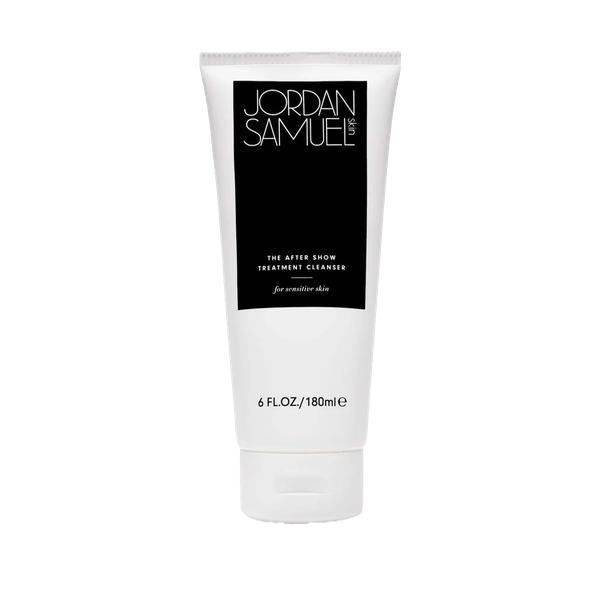
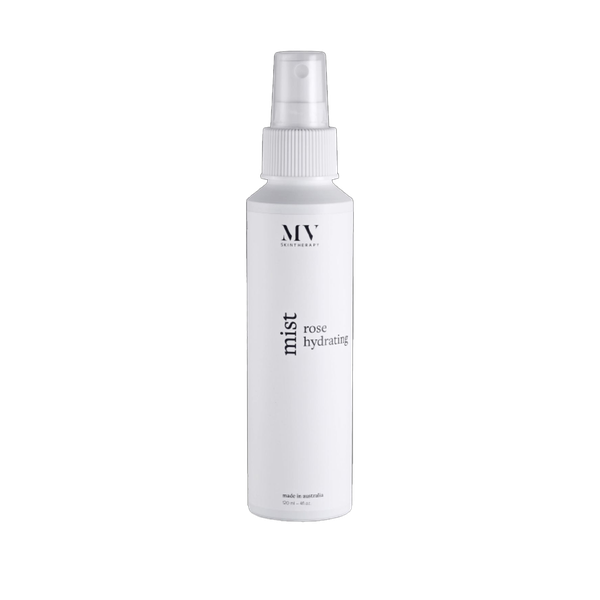
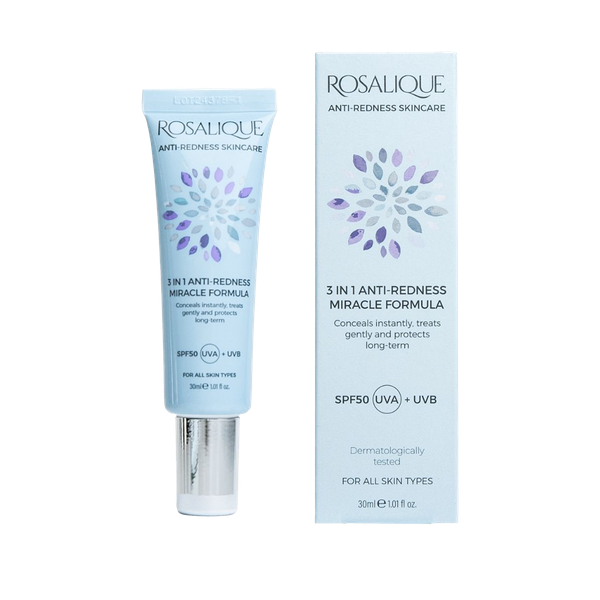
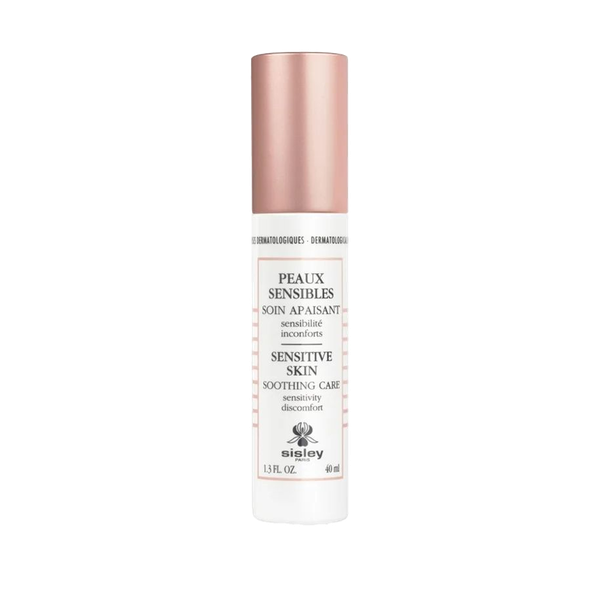
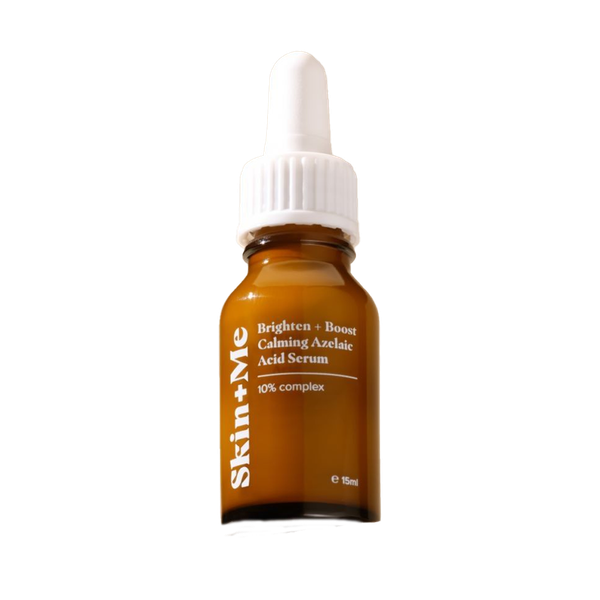
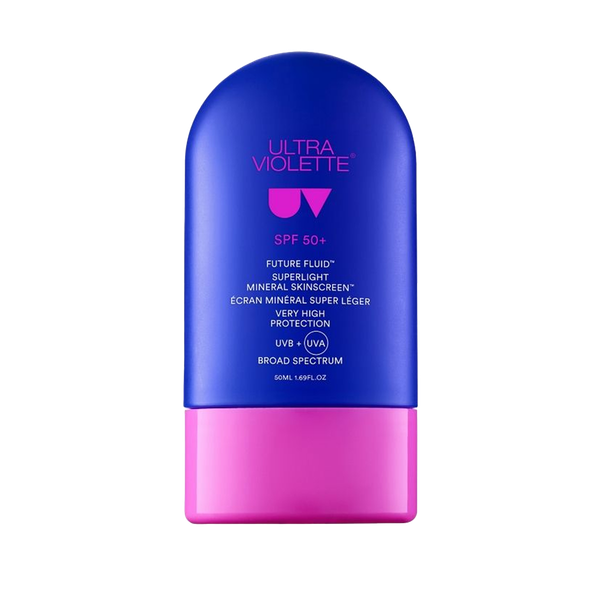
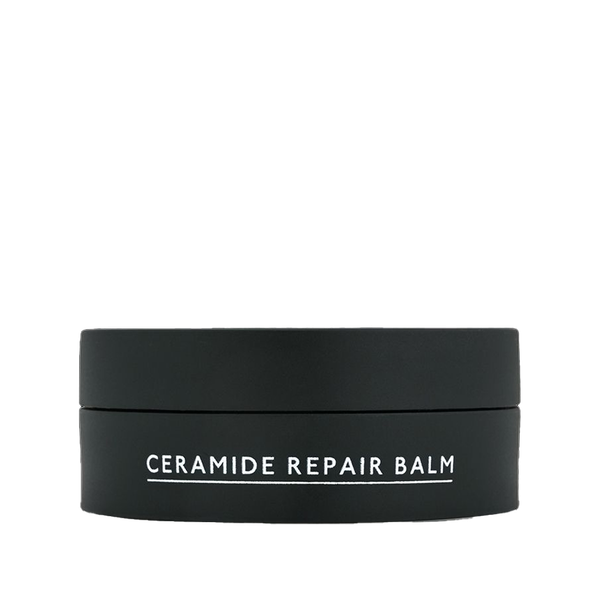
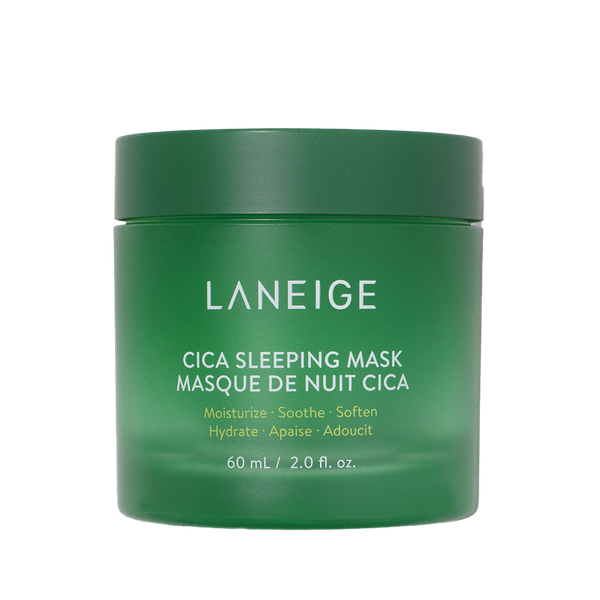
DISCLAIMER: We endeavour to always credit the correct original source of every image we use. If you think a credit may be incorrect, please contact us at info@sheerluxe.com.

